Boat Anchors
Anchor kit folding grapnel 1.5kg incl 1m gal chain & 20m x 8mm rope
Don't Pay RRP: $77.95
Anchor kit folding grapnel 3.2kg incl 1m gal chain & 30m x 8mm rope
Don't Pay RRP: $108.45
Anchor- Halls Stockless Style Black Oxide Finish 300Kg
Don't Pay RRP: $3,226.45
Lewmar Chain Counter & Winch Control Digital
Don't Pay RRP: $2,019.00
Lewmar Cockpit Latch Locker Stainless Steel To Suit Winch Handle
Don't Pay RRP: $409.90
Lewmar Horizontal Anchor Windlass Pro Fish 1000 Kit 700W 12V
Don't Pay RRP: $2,919.00
Lewmar Horizontal Anchor Windlass Pro Fish 700 Kit 500W 12V
Don't Pay RRP: $2,739.00
Lewmar Horizontal Anchor Windlass Pro Series 1000 Kit 700W 12V
Don't Pay RRP: $2,519.00
Lewmar Horizontal Anchor Windlass Pro Series 700 Kit 500W 12V
Don't Pay RRP: $2,429.00
Lewmar Vertical Anchor Windlass V1 Kit Gypsy 8mm 700W 12V
Don't Pay RRP: $4,139.00
Oceansouth Sailboat Winch Cover - Standard - 145mm x 140mm
Don't Pay RRP: $21.10
How does a boat anchor work?
An anchor system can consist of around 6 components:
-
The boat anchor well in the bow
-
The Cleat or Bollard that it is tied to
-
The rope that connects from the cleat to the chain
-
The boat anchor chain
-
The boat anchor itself
-
The winch
Many of these components can be interchanged at any time to assist with handling conditions or if the age of the accessories is looking to be replaced due to damage. Choosing the best products will not only allow you to loosen and pull your boat anchor up more conveniently and faster, but it is required by law to have an anchor that is up to scratch for the size of your vessel.
What size anchor does your boat need?
Depending on the size of your watercraft, i.e. Tinny, Jetski, Kayak, much the same as the boat the length of the vessel will indicate how much chain is required to be attached to the anchor itself. This helps with the boat anchor resting on the bottom of the ocean to assist in providing a sturdy hold for the boat.
Boat Anchor In Kilos Boat Length in Feet & Metres
| 10 | For boats 23 to 35 feet or 7 to 11 metres in length |
| 15 | For boats 28 to 39 feet or 8.5 to 12 metres in length |
| 20 | For boats 35 to 45 feet or 11 to 14 metres in length |
| 25 | For boats 38 to 50 feet or 11.5 to 15.5 metres in length |
What kind of anchor do you need?
Choosing a boat anchor depends on the weight and length of your recreational vessel. Commonly a boat anchor manufacturer will use pounds to determine the assorted sizes of boat anchors. When purchasing a boat anchor, you will notice most of them are measured in pounds. Using the chart above, it is easy to convert pounds to kilograms by dividing pounds in half. I.e., 10lb = 5kg.
How to anchor a boat:
Depending on whether you have an electric winch for your boat anchor or if it is something you just throw out off the bow, this will affect the ease and functionality of the anchoring process. Adding accessories such as a boat anchor indicator or ‘float’ can be especially helpful in rougher conditions as it indicates clearly where the boat anchor sits. Even though anchoring properly requires a certain level of experience and skill, especially in fierce winds and tides, knowing the position to free your boat anchor on a reef will make packing up and leaving much more efficient. Be sure to anchor a boat in a position where you are not likely to drift into a Bommi or rock within the radius of the drop point and the length of the rope. Also take into consideration drift, so if you want to fish in a certain spot, calculate which direction you will end up in and allow for the length of the boat anchor.
How to anchor a boat on a beach:
There are several types of anchorages. Depending on where you are heading, you will need to analyze the conditions of the landmark, and this will be able to help you secure your boat in the best way possible. For example, there may be rock, dunes, reef or just sand that is available on shore, so do your research before heading off. The boat anchor you will use on a sand beach is called a sand anchor. It is designed to dig further into sand, with more weight in the middle and a broader, paddle-like surface that can dig in and put tension on the chain, as if you were to push a shovel into the ground. A Tinny is easier to park on a beach but it is still required to be anchored further up in case of drifting and changing tides. The general area or terrain of the location will require some local knowledge of the tides. Some tides can rise from a low of 1.5m to 3.5 metres in a matter of hours, so be sure to keep enough water under the boat to allow for those tide changes. Walk up the beach at least 5-15m depending on the conditions, or even a second boat anchor off the stern to ensure when the tide changes the boat will not be going anywhere. With fiberglass boats, it is recommended that leaving these kinds of boats in about 1.5m of water and swimming across to land is ideal. You would rarely anchor a boat over 12ft on the shore. Always find a suitable reef or rock formation to secure a bigger boat overnight.
Types of boat anchors:
Boat anchors can range from different sizes and varied materials, which can be stainless steel or galvanized metal. Knowing the right one to choose for your boat will assist with anchoring and the longevity of your boat anchor.
There are many distinct types of boat anchors, but the three main variants are:
Reef boat anchors – Shaped like a grappling hook, this thinner and lighter design will grab onto reef and rock formations more efficiently.
Sand boat anchors – As explained above, they feature a wider, heavier, shovel-like design that sinks into the sea floor.
Plough boat anchors – These kinds of boat anchors are commonly used when the boat is over 6 metres in length due to their design and ability to catch on the sea floor. They are more of a multi-purpose boat anchor between the sea and the reef/rocky floor bed.
Why shop with Outback Equipment?
-
We’re Australian owned and operated – We’re based right here in the south of Brisbane. If you ever need help with an order or a product, you can call straight through to our friendly local team.
-
Plenty of payment options – You can pay via PayPal, MasterCard, Visa, zipMoney, Afterpay, and direct deposit – whichever is most convenient for you.
-
Delivered to your door – You don’t have to worry about darting across town to grab your order. We deliver your goods straight to your door to save you time and energy.
Order Your Boat Anchors Online Today
Stay in complete control of your vessel with the right boat anchor for your needs. Order online or get in touch with our expert team today to discuss your specific requirements.






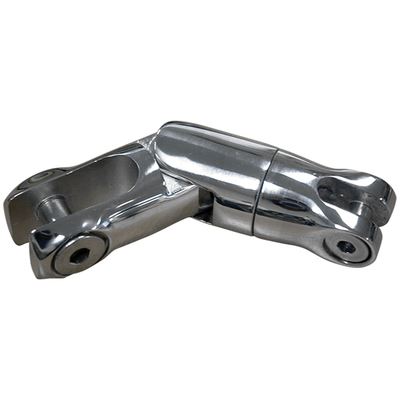
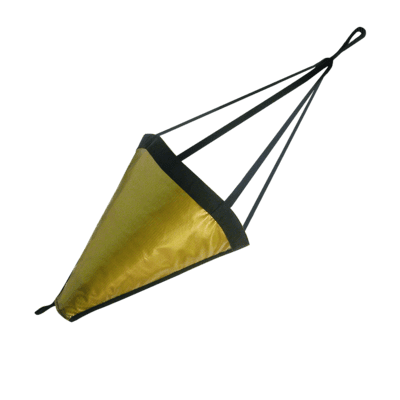
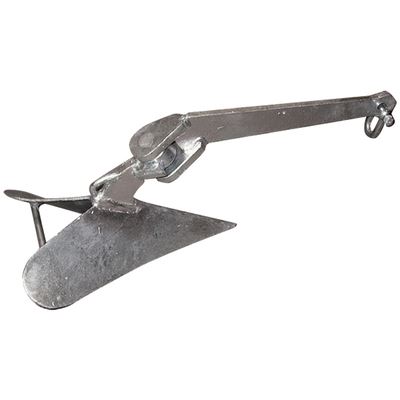
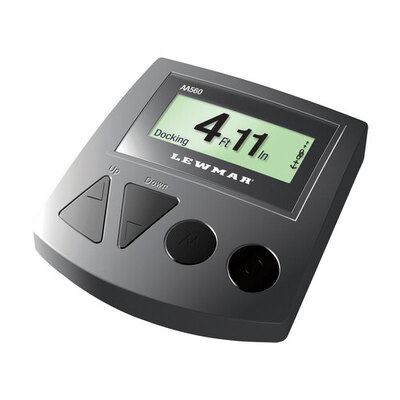
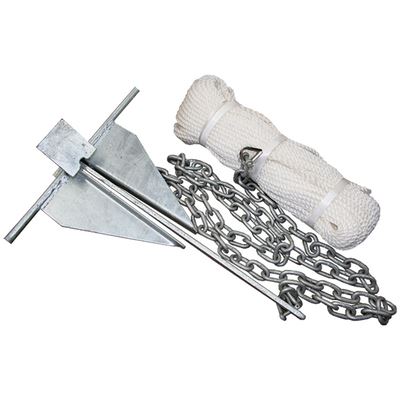
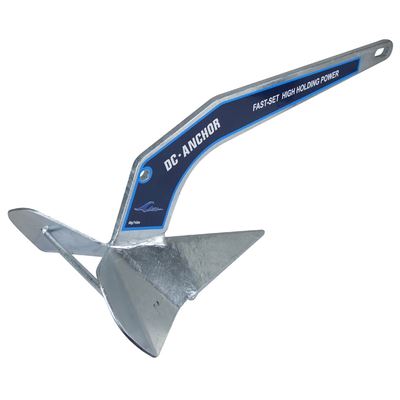
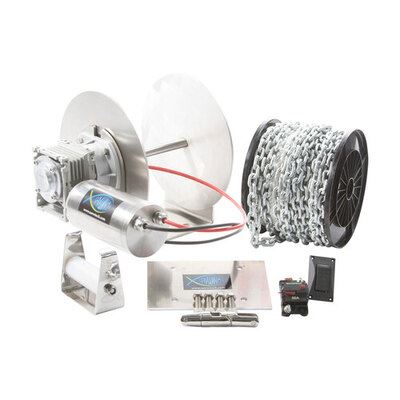
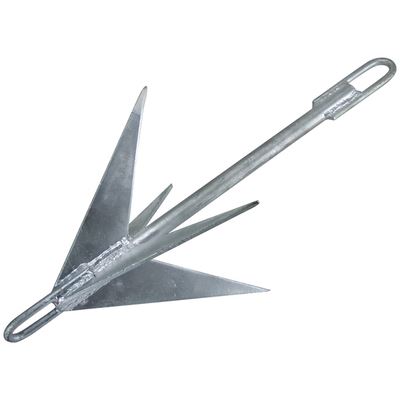

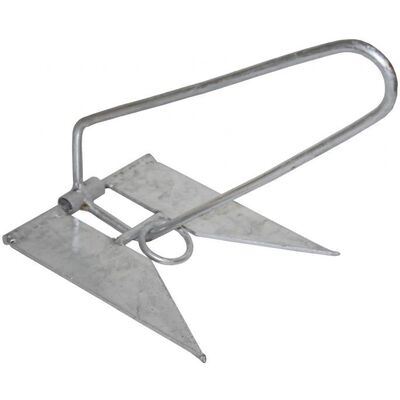
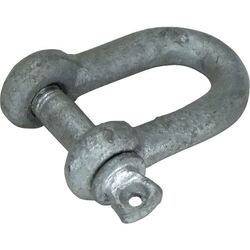

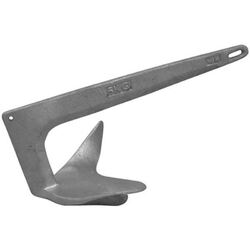
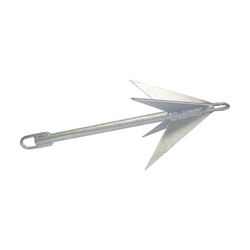

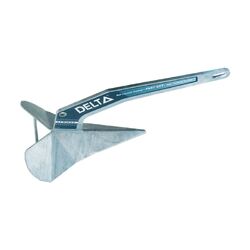

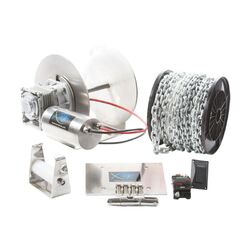

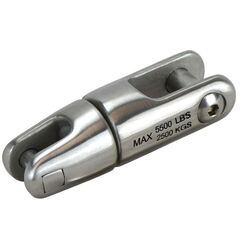
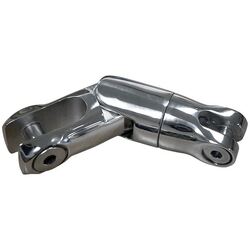


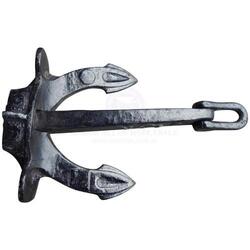
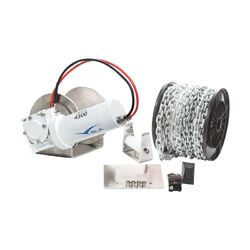
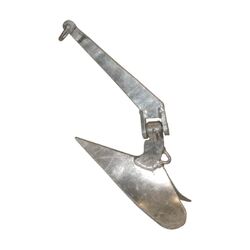
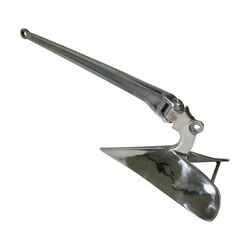

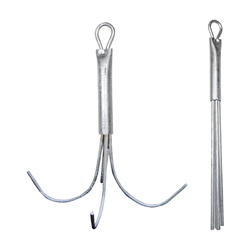
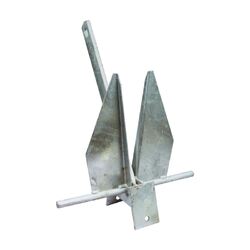
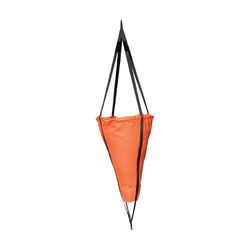
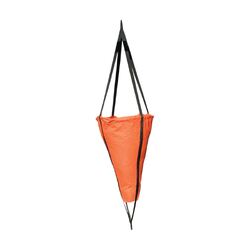
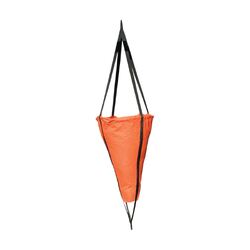
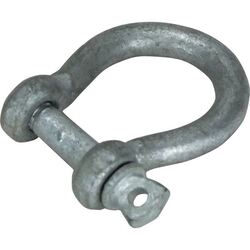
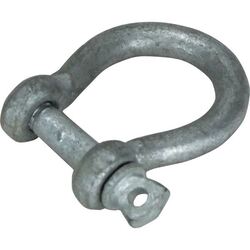
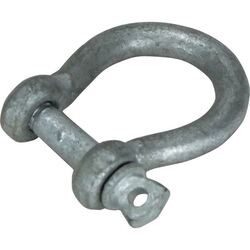
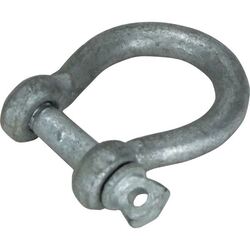
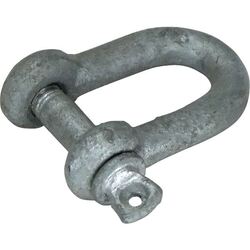
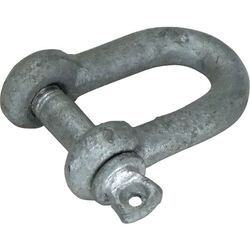
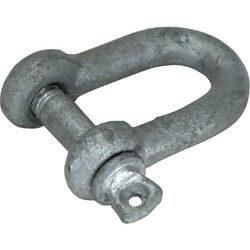
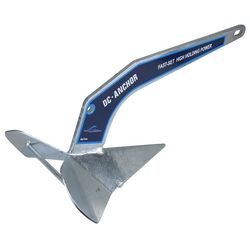
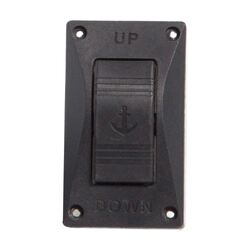
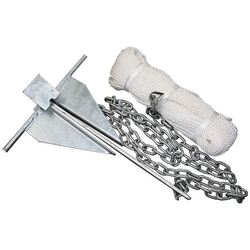
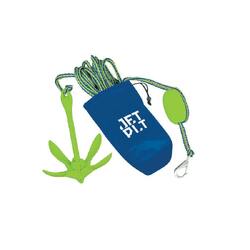

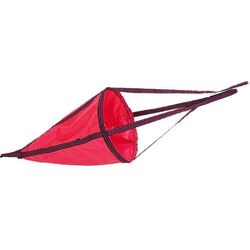
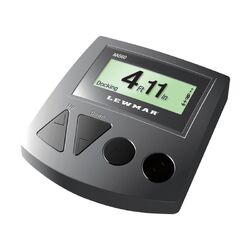
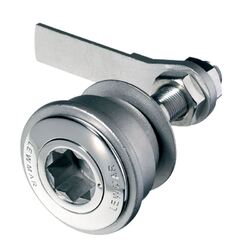
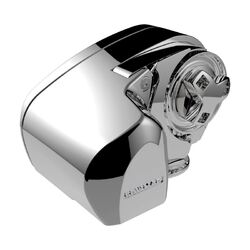
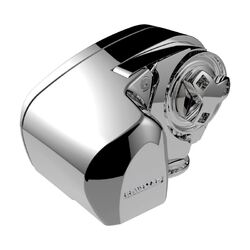
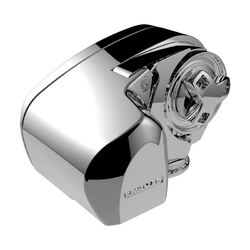
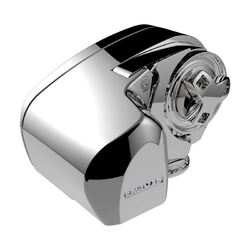
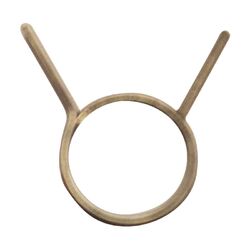
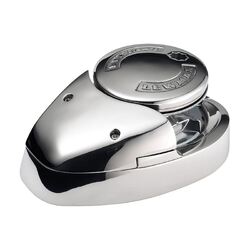
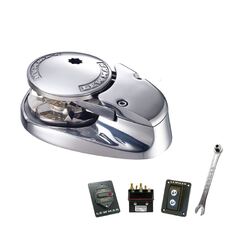
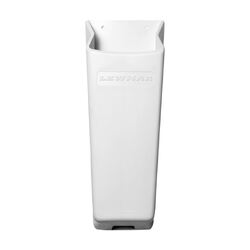
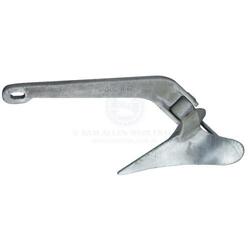

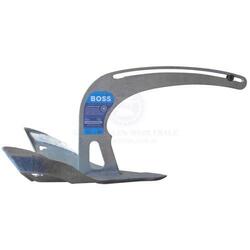
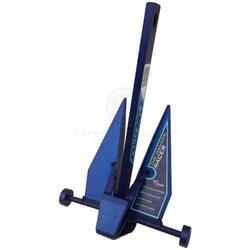
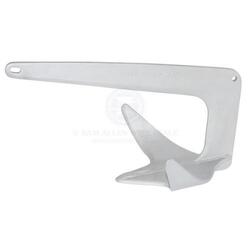
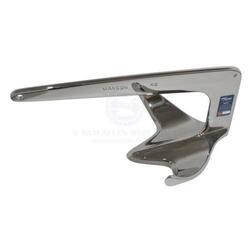
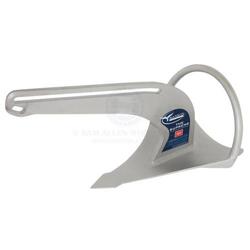
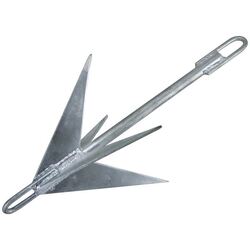
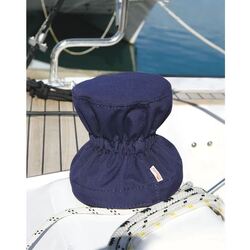

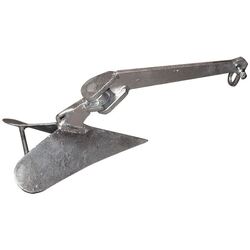
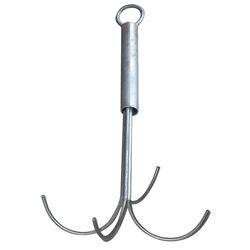
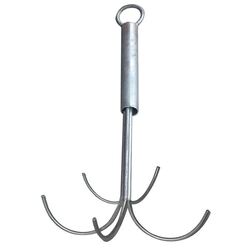
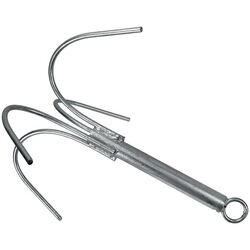
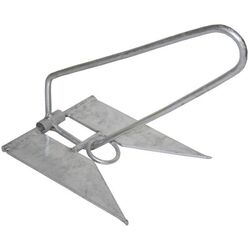
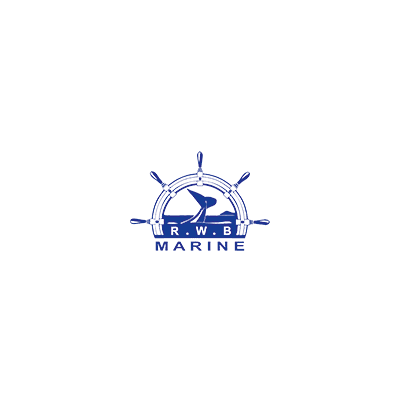
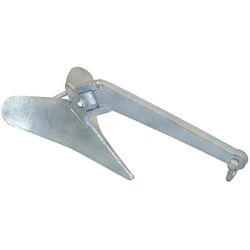
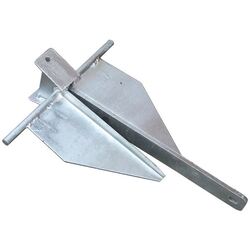
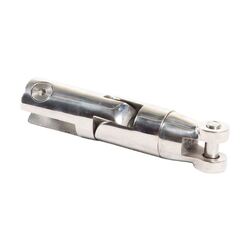
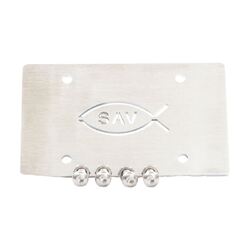
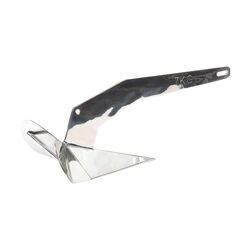
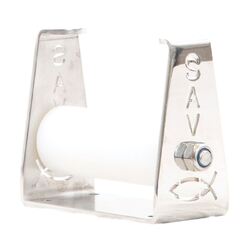

.png)